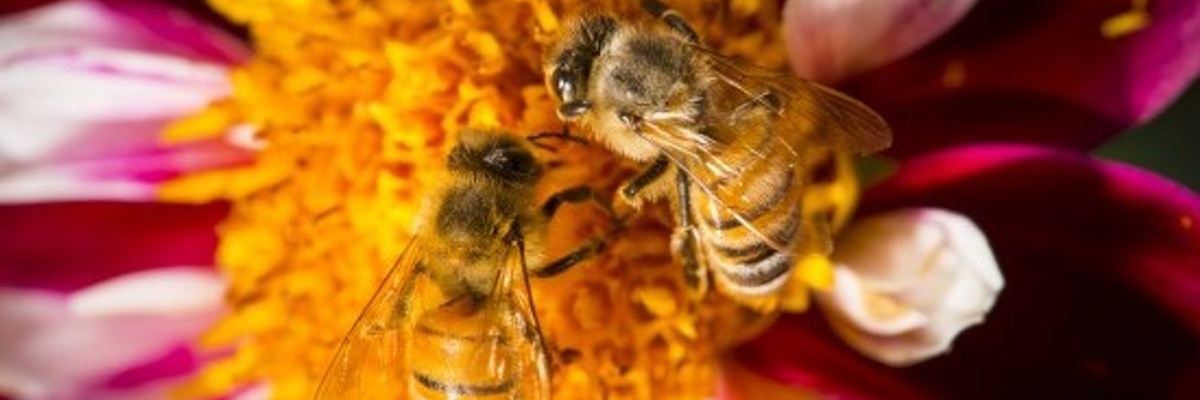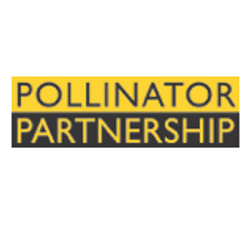Action Step 1:
30 Day Challenge
1) Watch Welcome Video
2) Schedule/Complete Call
3) Recruit Team
4) Hold Kick-off Meeting (Virtually)
5) Submit Picture
6) Submit this Action Plan
Completed 1/12/2021
Action Step 2:
Create Committees
Committees are:
Review (to ensure that plants we decide upon have no toxic or psychotropic effects)
Design
Construction
Germination Stations
Planting
Maintenance/Harvesting
Decoration
Hummingbird Feeder Fillers
Watering/Monitoring
P.R./Communications
** All committee meetings will be held virtually until further notice due to the Covid Pandemic
Completed 1/11/2021
Action Step 3: Design and Plan Garden
Create a list of pollinator plants we are interested in planting.
Research plants to ensure they have no toxic/psychotropic qualities.
Design the gardens.
Action Step 4:
Construction
We determined that small moveable garden beds and pots would be the best method for planting for our school. We have extreme summers and plants may need to be moved out of the sun in the summer or into the light in the winter. We also want to be able to move plants if humans are disturbing pollinators or to avoid bee activity too close to groups of scholars.
Action Step 5:
Purchasing & Planting
Once the designs and the needed moveable beds are made, we will purchase soil, compost, worms, pots, and plants. We also want to provide hummingbird feeders to encourage hummingbird visitation. These hummingbird feeders will go up as soon as we receive approval.
**All work will be done in small groups, outdoors, while wearing face masks until further notice.
Action Step 6:
Maintenance
Scholars and volunteers will monitor the hummingbird feeders and plants’ progress regularly. We will clean and fill hummingbird feeders weekly. Regular monitoring will be done by scholars and volunteers to access the plants’ watering and light needs, pollinator visitation, and the pollinators/human fit of this location. Adjustments will be made to location and frequency of watering as needed.
Action Step 7: Community Involvement
One of the ideas our group had is to involve the community in the pollinator garden. Mrs. Moesbergen frequently has pollinator plants grow in her garden without being planted there. She would like to offer pots of these “volunteer” plants (such as mint or lantana) to scholars, teachers, or visitors to the school to encourage pollinators in their yards as well. This would only involve the cost of potting soil, since the plants and (recycled) pots are free.
Action Step 8:
Review of Impact
Pictures and notes of our impact on our community will be sent to ChangeX
Action Step 9:
Complete the Impact Survey
Approximately 3-5 months after the garden is made, we will complete the Impact Challenge.









